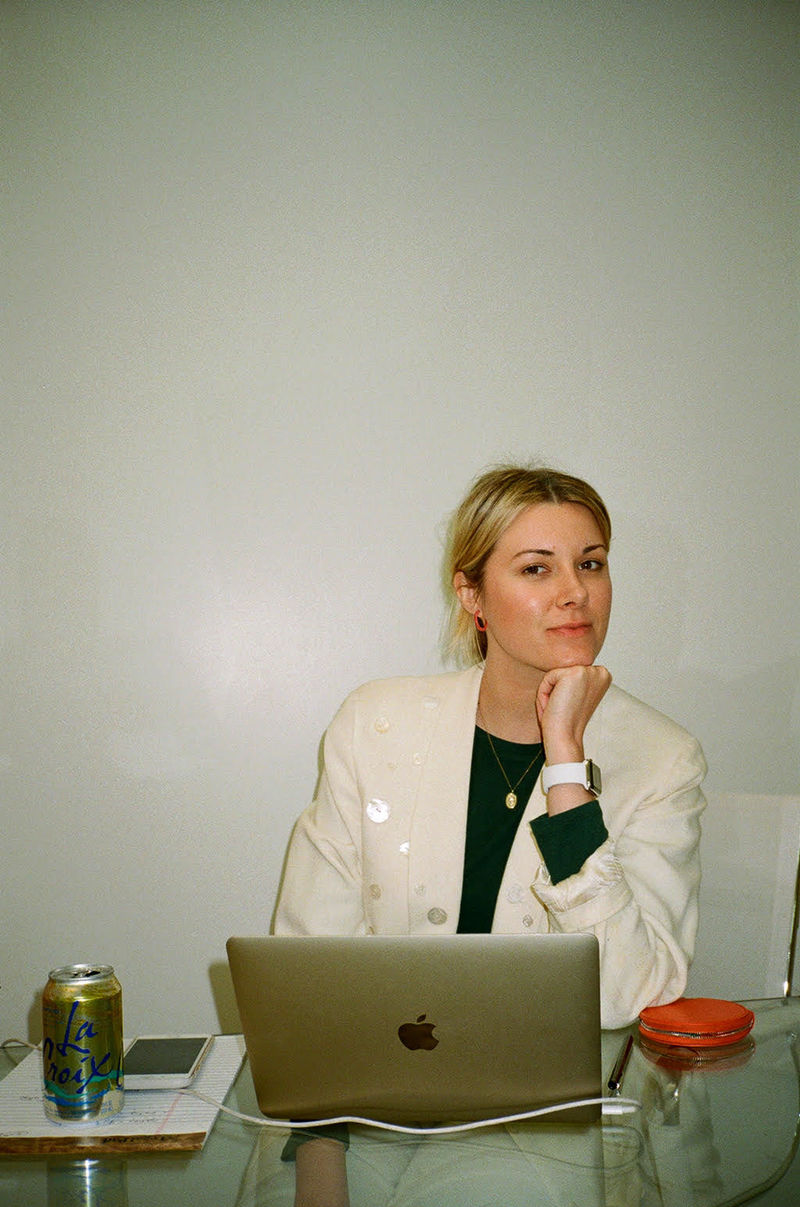"Something we're thinking about doing is demanding no plastics with our vendors. Now that we have a bit more control we can say that we won't accept orders in plastic, you need to use biodegradable poly bags or ship it to us folded."
As someone who values, and inspires others to look into sustainable fashion, how do you see the industry as a whole kind of shifting more towards these ideals in real ways?
Fabrication is key: where it's made, and transportation are huge. Something we're thinking about doing is demanding no plastics with our vendors. Now that we have a bit more control we can say that we won't accept orders in plastic, you need to use biodegradable poly bags or ship it to us folded. So I think those are ways where we can help change.
Sustainability means different things for different people. Not everyone is at 100 percent on every level, right? Just do your best, you can tell who's making the effort.
You do have to get really creative if you want to keep your costs down. Maybe you have to go find deadstock fabric, which takes a little longer to find than just ordering something new. It's interesting because when you're smaller you actually are more likely to make things closer to you: working with factories and buying product in your hometown. I think it’s the bigger brands that you have to keep in check, because they have means to develop overseas, with unknown regulations.
Today, people are more open to the idea of paying more for something if they know that it was created more sustainably. From a business sense, how do you price product keeping in mind your audience?
It has to be reasonable. Like $600 tee shirts I just can't wrap my head around; it's insulting. There's a way to be sustainable, but also understand that our customers are not just into fashion. They’re into a lot of things, they're traveling, and maybe they have student loans too. We get that these people have lives and they have funds allocated for other things, but we want them to have a piece of fashion and fun.
12.06.2018

 Back to Skims
Back to Skims